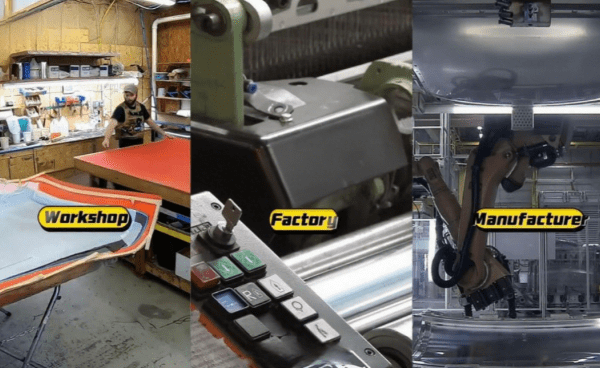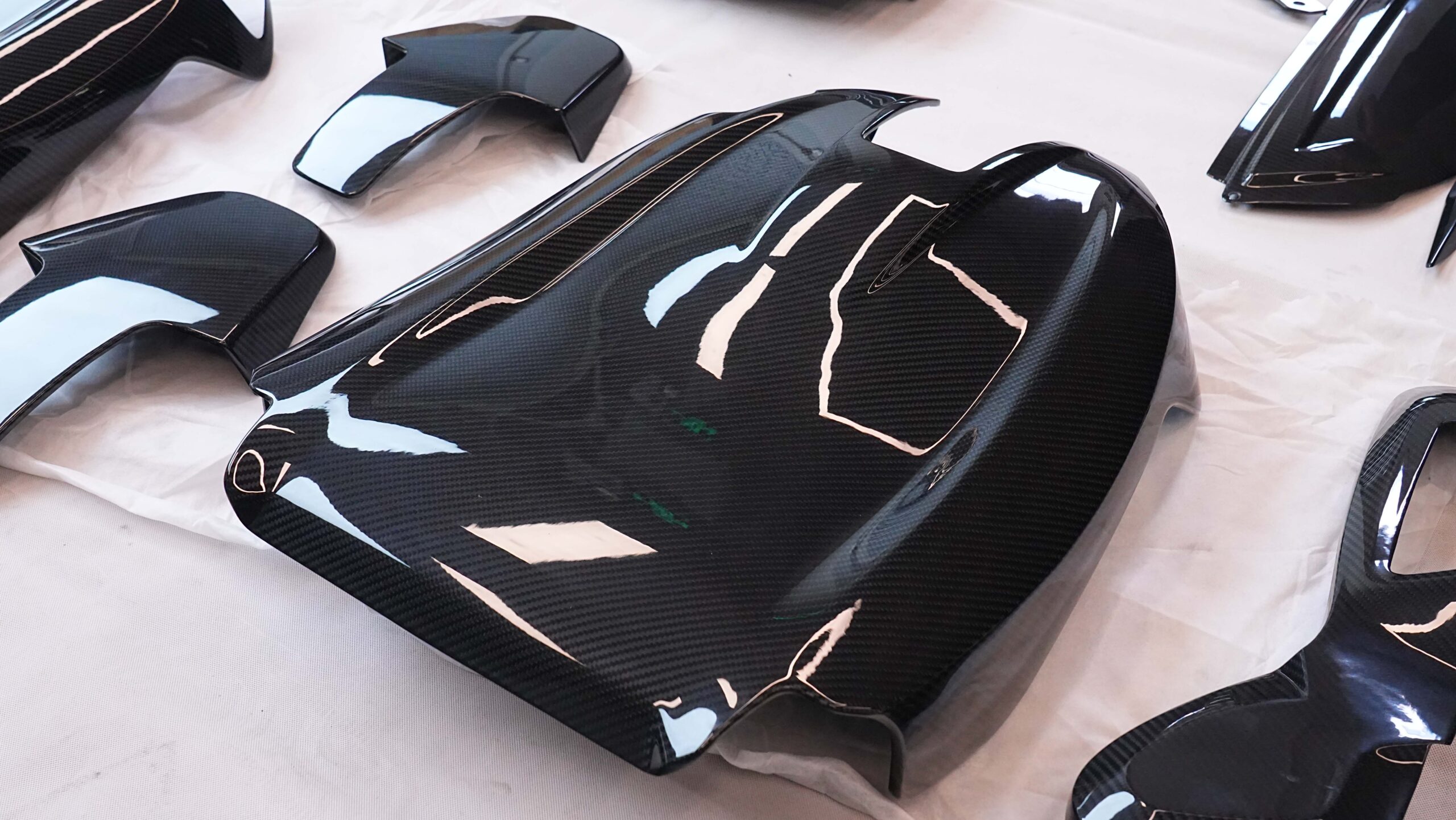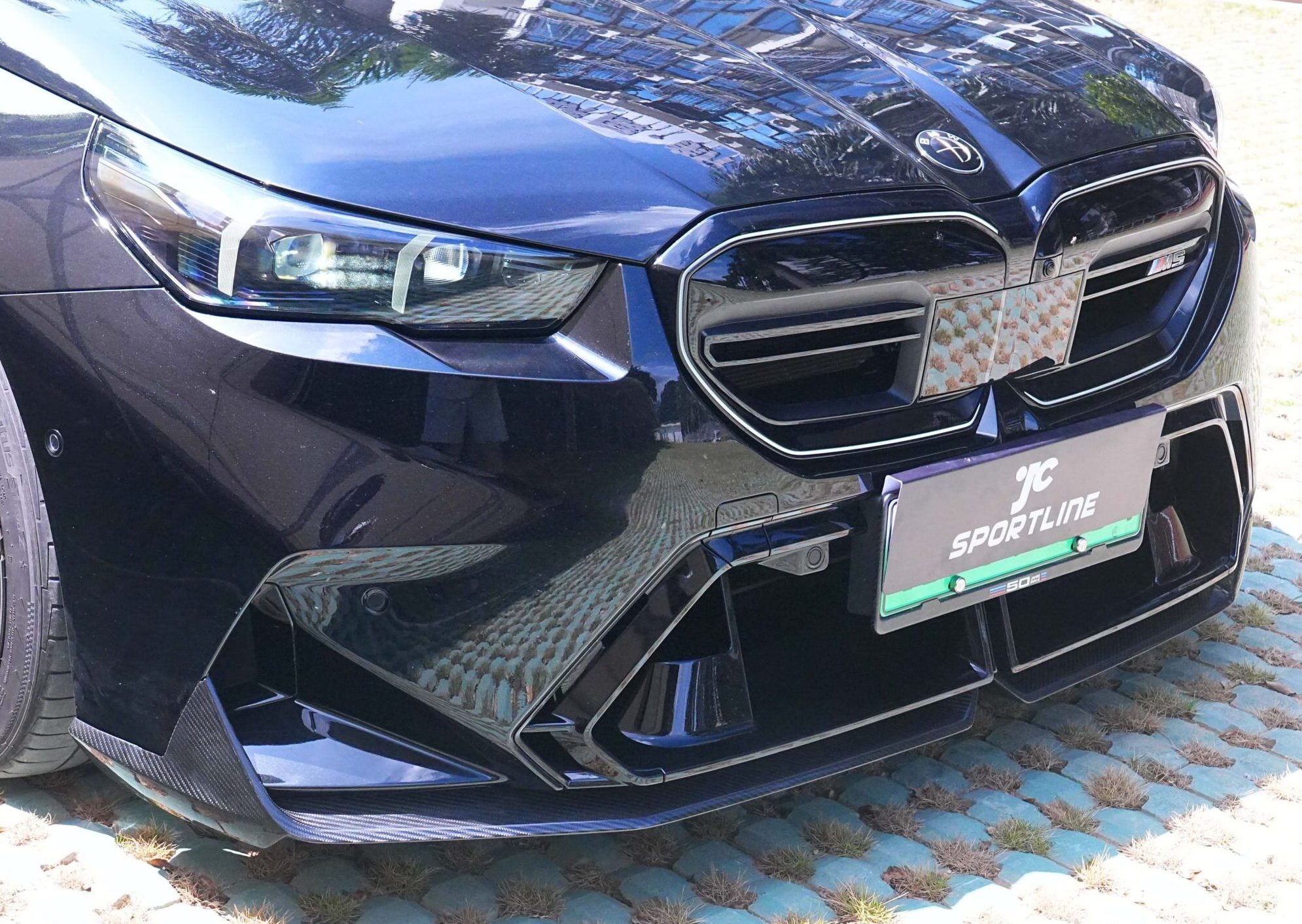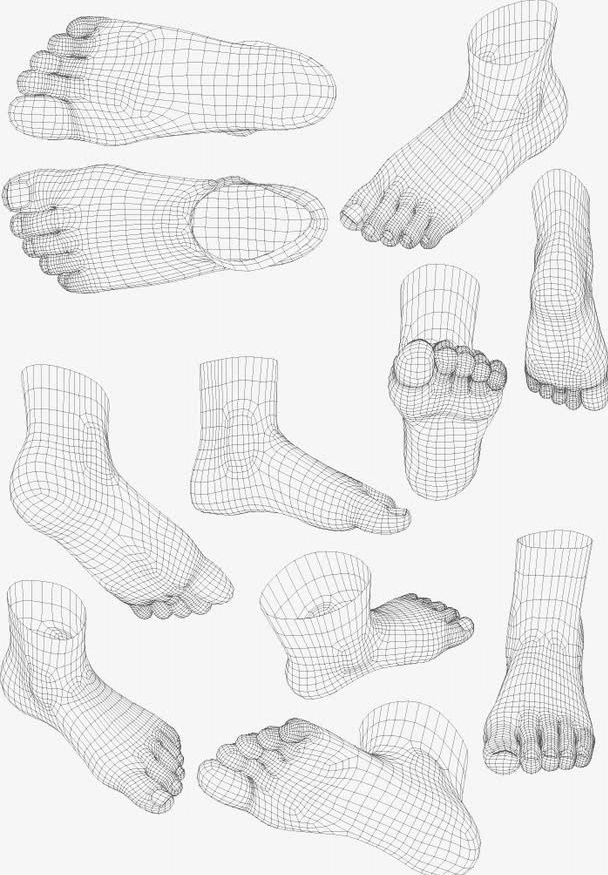Table of Contents
Are you paying for looks—or for structure that actually fits and performs?
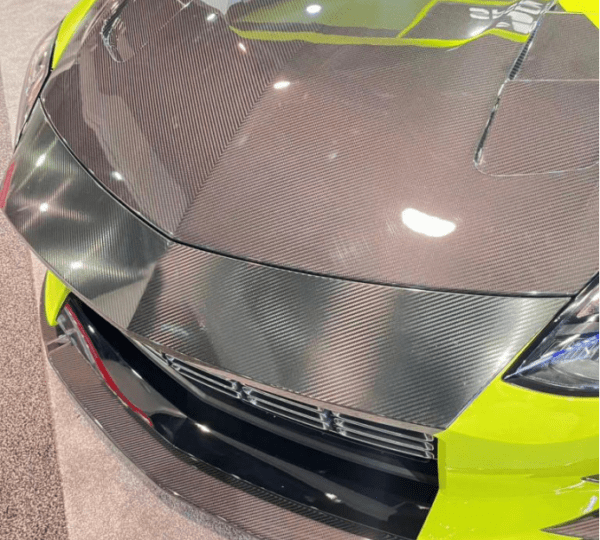
Who This Blog Is For
- Automotive OEM project leaders
- Performance tuning brands or distributors
- High-end modification shops with structural requirements
- Exporters who need strength + aesthetics in one piece
❗ The Real Question Isn’t “How Much?”
Let’s be honest—when most people ask about a carbon fiber hood, their first two questions are:
-
- “What’s the price?”
- “Do you have stock?”
But when it comes time to actually install and use the hood, the real issues show up:
-
- It doesn’t fit.
- It flexes or pops when driving.
- It cracks after a few weeks.
This isn’t just bad luck. It’s usually the result of cutting corners in structure, mold design, and testing.
One of our VIP clients in Europe told us straight:
“I’ve never seen a single carbon fiber hood that perfectly fits the BMW F80, F87, or G-series.”
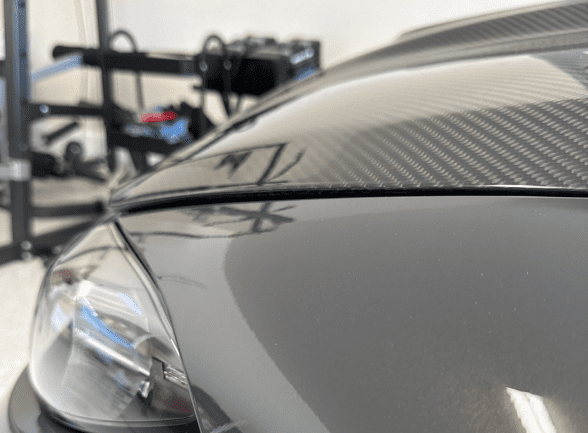
That’s not an isolated case—it’s a pattern in the industry caused by one thing:
Low-cost shortcuts.
Common Issues with Cheap Carbon Hoods
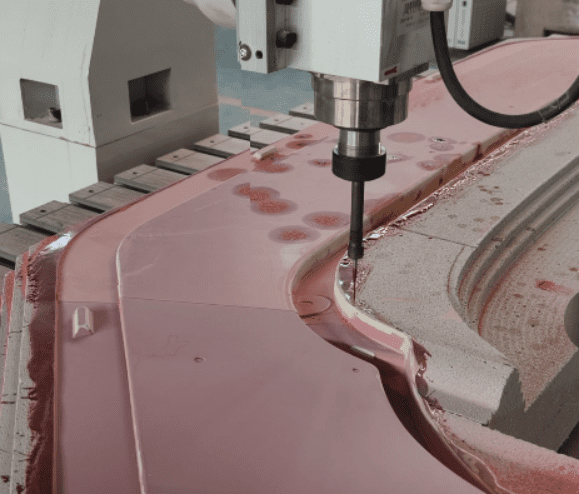
Here’s what typically goes wrong when the focus is only on price:
- Weak Layup → Not enough carbon layers = poor stiffness
- Hood flexes when you pop the latch
- Center bulges over time
- Inaccurate Molds → Misaligned mounting points
- Mounting holes don’t line up
- Edge gaps, rubbing, or panel lift
- No Stress Testing → Unsafe at high speed
- Vibrates at 100+ km/h
- May crack or fly up under stress
A Story From the Front Lines
We’ve built and tested hundreds of carbon fiber hoods, from street builds to full OE projects. One of our most demanding clients was working on a BMW F87 performance hood. Their goal?
A hood that looks sleek but can handle real use—track days, mountain roads, and everyday slams from gas struts.
Here’s what we learned:
The Layup Must Be Engineered, Not Just Stacked
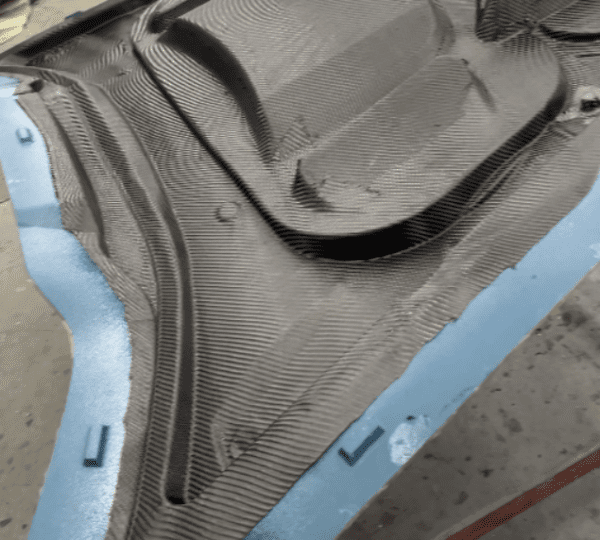
We designed a 7-layer composite structure:
- Inner layers: unidirectional carbon for tensile and compression
- Mid layers: cross-ply orientation for balance
- Outer layer: woven carbon for appearance and surface protection
Every layer has a job. Leave one out?
Your hood might flex, warp, or even break.
By comparison, many cheap hoods use only 3-5 random layers, which simply can’t handle real-world force.
Our reference point?
Why Does a Quality Carbon Fiber Hood Cost So Much? The “Xiaomi Hood” Example
In the carbon fiber hood market, there’s a popular model often called the “Xiaomi hood” — widely sought after for its blend of quality and price. But here’s the truth most don’t talk about:
Its retail price is around ¥42,000 RMB (about $6,000 USD), and the production cost alone—including raw materials and labor—is over ¥12,000 RMB per unit.
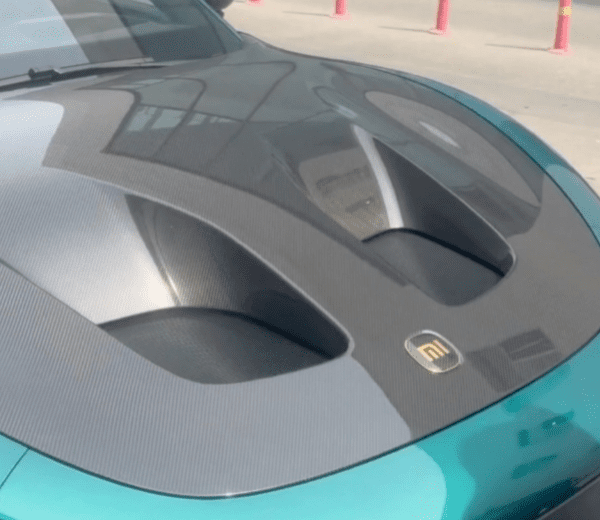
Why so high? Because to achieve the level of fitment precision and structural strength required for real use (not just showroom display), you must invest in:
- Multiple engineered layers of carbon fiber, carefully arranged to balance strength and weight.
- Precision molds created from full 3D scans, machined to less than ±0.3mm tolerance.
- Comprehensive quality control, including stress tests and fit checks before mass production.
Cutting any of these corners brings down the price but guarantees a hood that won’t fit right, flexes under stress, or cracks after a short time.
This “Xiaomi hood” isn’t cheap because it’s flashy—it’s expensive because it works. And that’s the cost of doing carbon fiber right.
The Mold Must Be Dead-On Accurate
We started from real car 3D scans, not guesswork or old data.
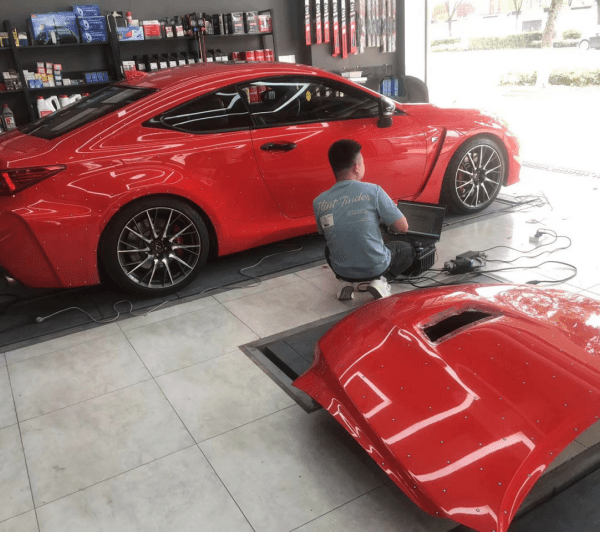
Each mold was:
Reverse-engineered from the car’s body
CNC-machined from stable, reinforced tooling
Accuracy verified within ±0.3mm tolerance
Every hood was trial-fitted on a real car before production started. No surprises. No last-minute grinding.
What You Actually Pay For in a Quality Carbon Fiber Hood
|
Investment |
Result |
| High-strength prepreg carbon |
Real stiffness, long-term durability |
| Precision molds & CNC work | Fast install, reduced returns |
| Structural & thermal testing | No cracks, no vibration at speed |
| Manual polishing & topcoat | Premium look, higher resale & brand value |
And on the flip side, a “cheap” hood may cost you much more:
- Refunds and returns
- Delays from fitment issues
- Brand reputation damage
- Safety risks at highway speeds
Bottom Line: What Are You Really Buying?
You’re not buying just a look.
You’re buying fitment, safety, and long-term value.
A real carbon fiber hood:
- Doesn’t rattle or flex
- Fits like OEM
- Keeps its shape—even after 10,000km of hard driving
Ready to Start a Project?
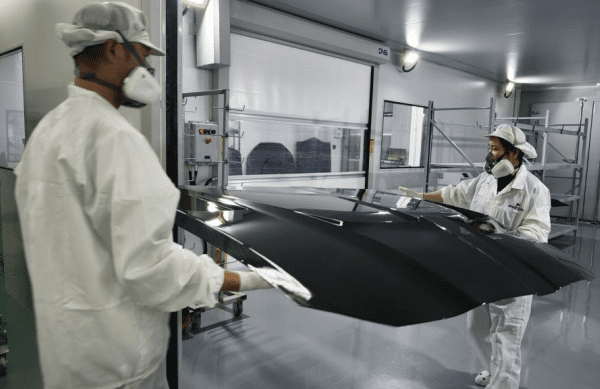
👉 Send us your vehicle model and drawing—our engineers will help you evaluate whether your current design has structural risks.
👉 Don’t gamble on price. Let’s build it right the first time.
👉 Follow us to learn more about carbon fiber structural design that actually performs.

